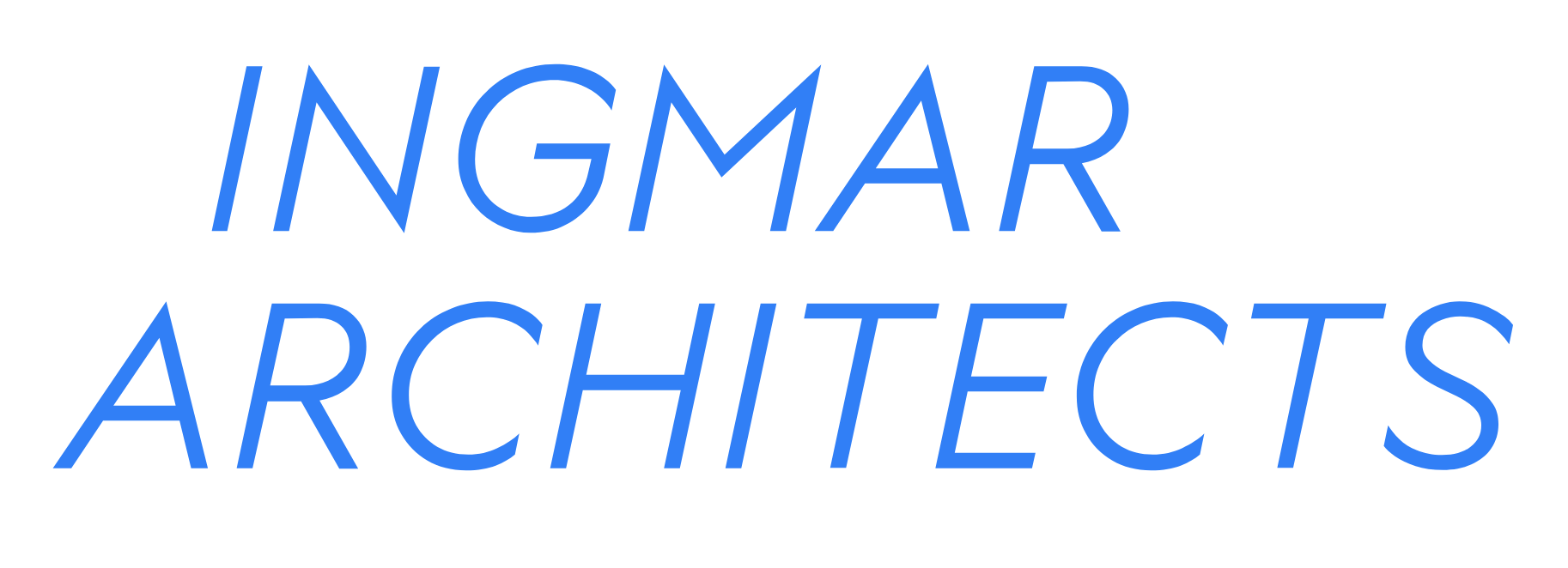PENZA AIRPORT
CONCEPT | 2024
PENZA, RUSSIA
The image of the Penza airport building is three sheaves supporting a canopy - wing over the forecourt. The "sheaves", illuminated by overhead light, support a load-bearing ring, which is decorated with bas-reliefs stylized as three cereals. They reflect glare from light sources in the dark and on a sunny day. Decorative plates are embedded in the concrete covering of the square – fallen "spikelets".
The circular intersection at the entrance to the airport is decorated with a sculptural composition in the form of another symbol of Penza – a "swallow", which "in flight" touches the water mirror with its wing ... the airport logo also refers to the image of a swallow. The selfie zones in cafes and restaurants are decorated with large interior sculptures "Abashevskaya toy".
The entrance to the entrance group of the halls of the official delegation is a "bridge", blocked from precipitation by a metal structure and wind shields on both sides of the entrance. The canopy turns into a wall lined with black granite and decorated with a greeting and the heraldic symbol of the city, creating isolation and privacy for passengers.
The black and white cornice above the airport square (rounded on the facades from the entrance and sharp on the side of the runway) is combined with the architecture of the cargo terminal in color and shape, resembling a swallow's wing.
The circular intersection at the entrance to the airport is decorated with a sculptural composition in the form of another symbol of Penza – a "swallow", which "in flight" touches the water mirror with its wing ... the airport logo also refers to the image of a swallow. The selfie zones in cafes and restaurants are decorated with large interior sculptures "Abashevskaya toy".
The entrance to the entrance group of the halls of the official delegation is a "bridge", blocked from precipitation by a metal structure and wind shields on both sides of the entrance. The canopy turns into a wall lined with black granite and decorated with a greeting and the heraldic symbol of the city, creating isolation and privacy for passengers.
The black and white cornice above the airport square (rounded on the facades from the entrance and sharp on the side of the runway) is combined with the architecture of the cargo terminal in color and shape, resembling a swallow's wing.
The supporting covering of the airport terminal and cargo terminal is a ball–rod structure. Its choice is due to the minimal metal consumption, the possibility of extended installation, and compliance with the requirements of progressive collapse.
The facades are lined with perforated white metal cassettes and structural glazing. The cornices of buildings protect users from precipitation. Overhead lights on the roof reduce electricity costs and provide soft, comfortable lighting.
The terminal building consists of two above-ground floors and a lower level, illuminated through a "moat" in the required perimeter. Auxiliary and main areas correspond to a capacity of 400 people/hour for domestic lines and 200 people/hour for international lines.
Passengers ascend and descend from level to level by means of a staircase with a three-meter-wide floor and an elevator with a capacity of 15 people. The project provides for custom-made reception desks that correspond to the overall concept of the building.
The facades are lined with perforated white metal cassettes and structural glazing. The cornices of buildings protect users from precipitation. Overhead lights on the roof reduce electricity costs and provide soft, comfortable lighting.
The terminal building consists of two above-ground floors and a lower level, illuminated through a "moat" in the required perimeter. Auxiliary and main areas correspond to a capacity of 400 people/hour for domestic lines and 200 people/hour for international lines.
Passengers ascend and descend from level to level by means of a staircase with a three-meter-wide floor and an elevator with a capacity of 15 people. The project provides for custom-made reception desks that correspond to the overall concept of the building.
Press
